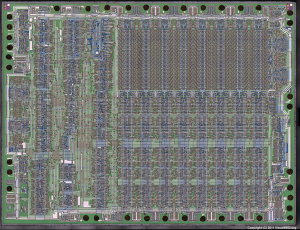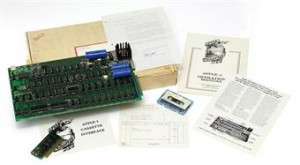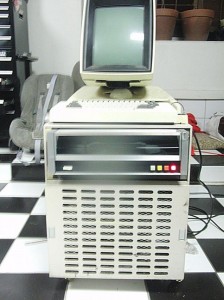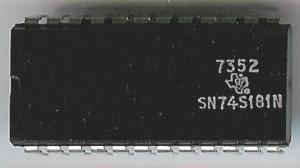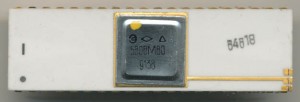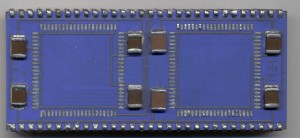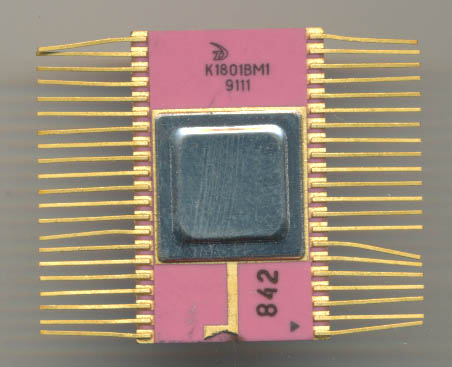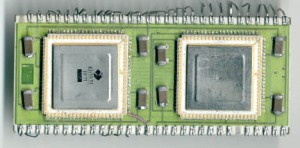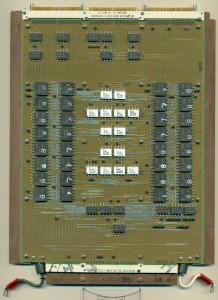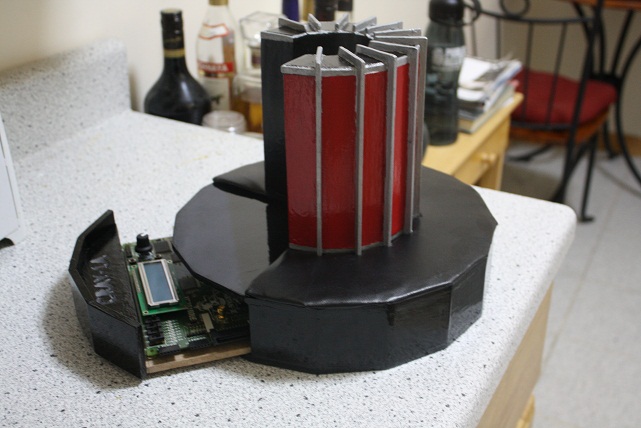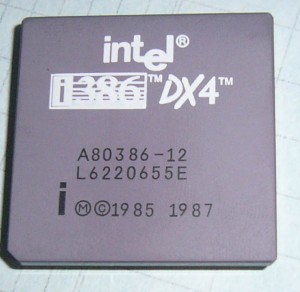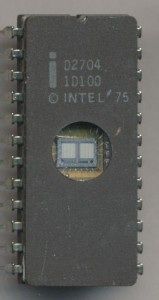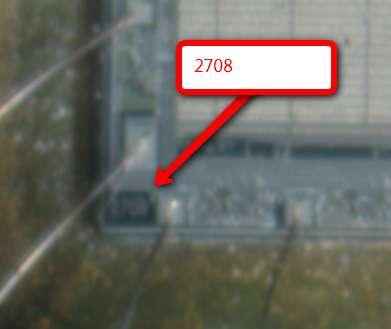50 Years ago today: The IC was Patented
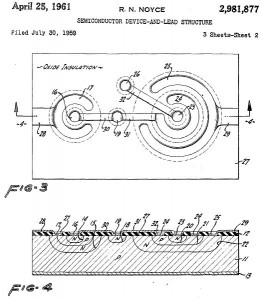 On April 25th, 1961 Robert Noyce, then working at Farichild Semiconductor, received Patent 2,981,877 SEMICONDUCTOR DEVICE-AND-LEAD STRUCTURE. This was the patent for how to make integrated circuits, containing multiple silicon based transistors, on a single die. Six months prior Jack Kilby received a similar patent, but for geranium based devices. Silicon became, for a variety of reasons, the preferred material and 50 years later we now use some of the same principles to build IC’s with over a billion transistors on them. The diagram in the patent showed a device with 8 components on a single doe, 1 transistor, 2 diodes, 2 capacitors, and 3 resistors.
On April 25th, 1961 Robert Noyce, then working at Farichild Semiconductor, received Patent 2,981,877 SEMICONDUCTOR DEVICE-AND-LEAD STRUCTURE. This was the patent for how to make integrated circuits, containing multiple silicon based transistors, on a single die. Six months prior Jack Kilby received a similar patent, but for geranium based devices. Silicon became, for a variety of reasons, the preferred material and 50 years later we now use some of the same principles to build IC’s with over a billion transistors on them. The diagram in the patent showed a device with 8 components on a single doe, 1 transistor, 2 diodes, 2 capacitors, and 3 resistors.
In 1968 Noyce, and Gordon Moore (of Moore’s Law fame) left Fairchild and founded Intel. Fairchild Semiconductor was the ‘incubator’ of many such semiconductor companies, Intersil, Teledyne, Xicor and AMD were all founded by former Fairchild employees
Posted in:
Museum News


